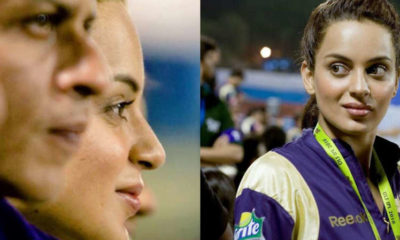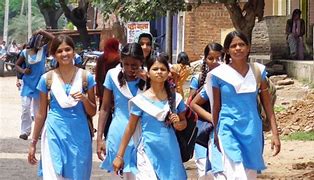Feature
Pakistanis between ages of 15 and 65 do not know what the internet!
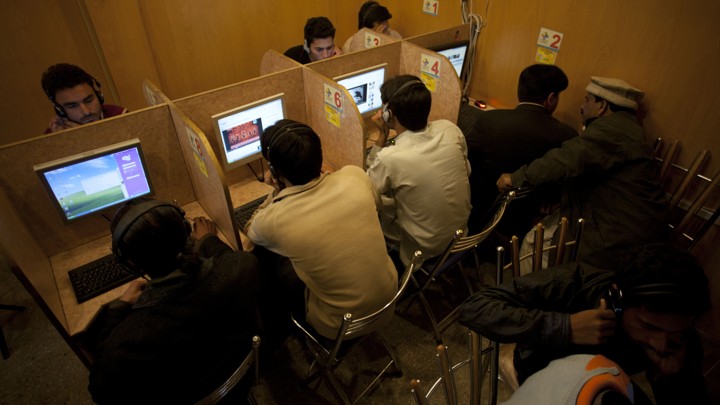
Islamabad: Around 69 per cent Pakistanis between the ages of 15 and 65 do not know what the internet is, an information communication technology (ICT)-based survey has revealed.
The survey was conducted by LirneAsia, a think-tank based in Sri Lanka that carries out ICT research, Dawn news reported on Monday.
The report is based on a survey of 2,000 households in Pakistan.
LirneAsia claims that the sampling methodology was designed to ensure representation of 98 per cent target population aged 15 to 65 at a national level.
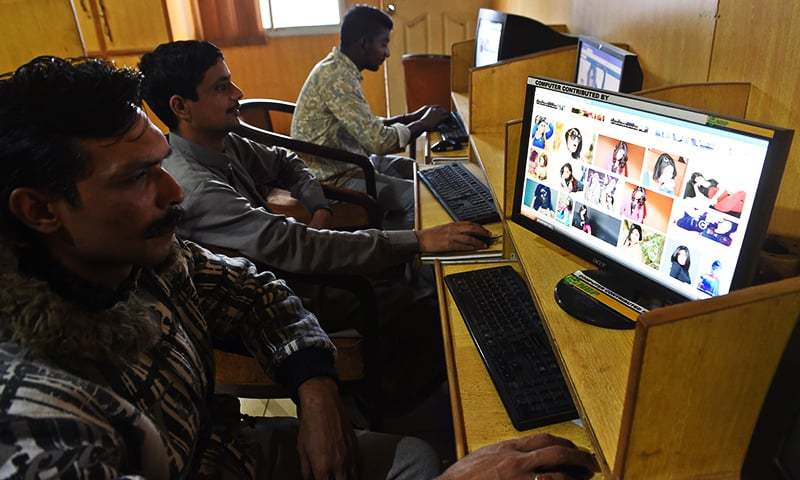
Conducted between October-December 2017, this demand side survey helps understand how users use or do not use ICT services.
“The 152 million active cellular subscribers mentioned on Pakistan Telecommunication Authority (PTA) website, despite a good SIM registration system, tell nothing about the subscribers – whether they are men and women, rich or poor and does not really help understand access and usage gaps,” LinreAsia CEO Helani Galpaya said in the report.
The study points out that lack of internet awareness is a considerable problem across Asian countries, including Pakistan, where just 30 per cent of the population in the age group of 15-65 is aware of the internet (they were asked if they use the ‘internet’ without explaining what it is).
About 98 percent Pakistan population aged 15 to 65 don’t know about internet!:
Some 17 per cent claimed that they used it. Among non-users, the key reason for not using the internet was lack of awareness about it.
Among internet users, the urban-rural gap in Pakistan was relatively small – 13 per cent – in fact the lowest seen in the Asian survey countries.
Pakistani women were 43 per cent less likely to use the internet than men, though this was smaller than the Indian internet gender gap which was 57 per cent, and 62 per cent in Bangladesh.
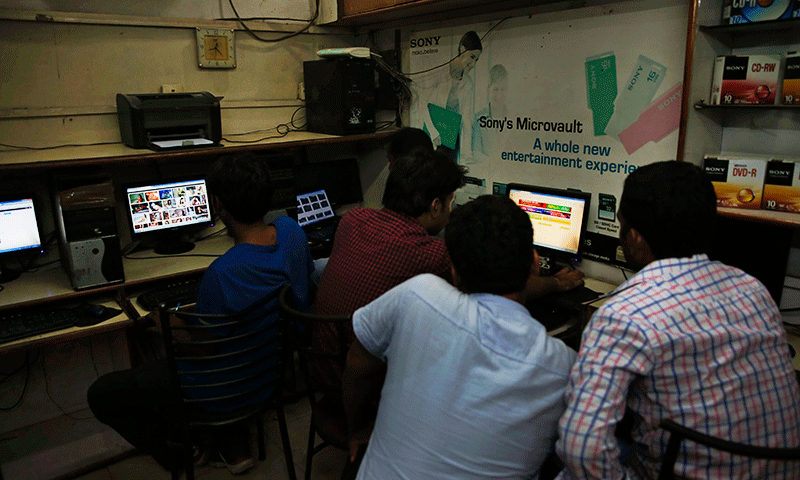
The report particularly sheds light on the “pretty” low (22 per cent) users of smart mobile phones together with the 25 per cent who have feature phones with internet capability.
“The rest of the 53 per cent have no internet capability on their phones. It is time to get smart phones into the hands of the people and basic phones out,” Galpaya added.
The Pakistan Telecommunication Authority (PTA) did not react to the findings of the report that contradict its claims of maximum tele-densitiy in the country.
PTA maintained that the survey by the private organisation presented a dismal picture of the tele-density in Pakistan.
Entertainment
Meghalaya Reserves Legalized Gambling and Sports Betting for Tourists

The State Scores Extra High on Gaming-Friendly Industry Index
Meghalaya scored 92.85 out of 100 possible points in a Gaming Industry Index and proved to be India’s most gaming-friendly state following its recent profound legislation changes over the field allowing land-based and online gaming, including games of chance, under a licensing regime.
The index by the UK India Business Council (UKIBC) uses a scale of 0 to 100 to measure the level of legalisation on gambling and betting achieved by a state based on the scores over a set of seven different games – lottery, horse racing, betting on sports, poker, rummy, casino and fantasy sports
Starting from February last year, Meghalaya became the third state in India’s northeast to legalise gambling and betting after Sikkim and Nagaland. After consultations with the UKIBC, the state proceeded with the adoption of the Meghalaya Regulation of Gaming Act, 2021 and the nullification of the Meghalaya Prevention of Gambling Act, 1970. Subsequently in December, the Meghalaya Regulation of Gaming Rules, 2021 were notified and came into force.
All for the Tourists
The move to legalise and license various forms of offline and online betting and gambling in Meghalaya is aimed at boosting tourism and creating jobs, and altogether raising taxation revenues for the northeastern state. At the same time, the opportunities to bet and gamble legally will be reserved only for tourists and visitors.
“We came out with a Gaming Act and subsequently framed the Regulation of Gaming Rules, 2021. The government will accordingly issue licenses to operate games of skill and chance, both online and offline,” said James P. K. Sangma, Meghalaya State Law and Taxation Minister speaking in the capital city of Shillong. “But the legalized gambling and gaming will only be for tourists and not residents of Meghalaya,” he continued.
To be allowed to play, tourists and people visiting the state for work or business purposes will have to prove their non-resident status by presenting appropriate documents, in a process similar to a bank KYC (Know Your Customer) procedure.
Meghalaya Reaches Out to a Vast Market
With 140 millions of people in India estimated to bet regularly on sports, and a total of 370 million desi bettors around prominent sporting events, as per data from one of the latest reports by Esse N Videri, Meghalaya is set to reach out and take a piece of a vast market.
Estimates on the financial value of India’s sports betting market, combined across all types of offline channels and online sports and cricket predictions and betting platforms, speak about amounts between $130 and $150 billion (roughly between ₹9.7 and ₹11.5 lakh crore).
Andhra Pradesh, Telangana and Delhi are shown to deliver the highest number of bettors and Meghalaya can count on substantial tourists flow from their betting circles. The sports betting communities of Karnataka, Maharashtra, Uttar Pradesh and Haryana are also not to be underestimated.
Among the sports, cricket is most popular, registering 68 percent of the total bet count analyzed by Esse N Videri. Football takes second position with 11 percent of the bets, followed by betting on FIFA at 7 percent and on eCricket at 5 percent. The last position in the Top 5 of popular sports for betting in India is taken by tennis with 3 percent of the bet count.
Local Citizens will Still have Their Teer Betting
Meghalaya residents will still be permitted to participate in teer betting over arrow-shooting results. Teer is a traditional method of gambling, somewhat similar to a lottery draw, and held under the rules of the Meghalaya Regulation of the Game of Arrow Shooting and the Sale of Teer Tickets Act, 2018.
Teer includes bettors wagering on the number of arrows that reach the target which is placed about 50 meters away from a team of 20 archers positioned in a semicircle.
The archers shoot volleys of arrows at the target for ten minutes, and players place their bets choosing a number between 0 and 99 trying to guess the last two digits of the number of arrows that successfully pierce the target.
If, for example, the number of hits is 256, anyone who has bet on 56 wins an amount eight times bigger than their wager.


